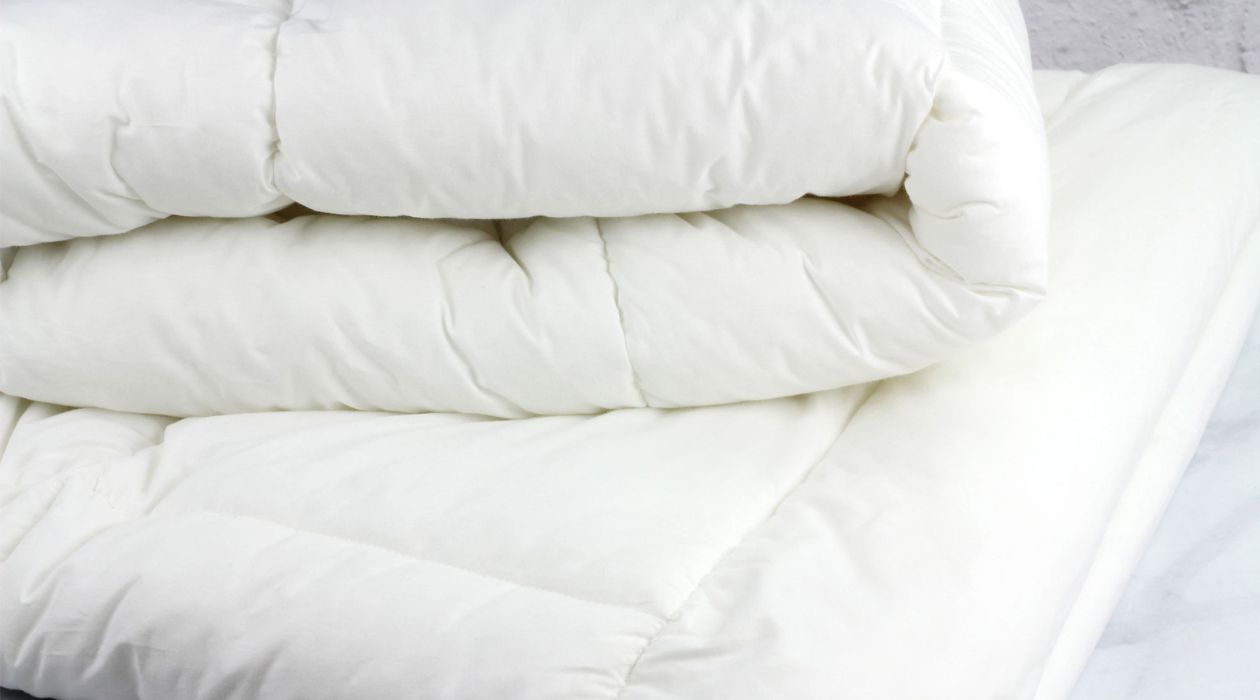

Articles
How Often Should You Wash Your Duvet Insert
Modified: February 24, 2024
Discover the best articles on how often you should wash your duvet insert. Find expert advice and tips on maintaining the cleanliness and freshness of your bedding.
(Many of the links in this article redirect to a specific reviewed product. Your purchase of these products through affiliate links helps to generate commission for Storables.com, at no extra cost. Learn more)
Introduction
When it comes to maintaining a clean and fresh bed, washing your duvet insert is an essential task. The duvet insert plays a crucial role in keeping you warm and cozy during the night, but over time it accumulates sweat, dirt, and other impurities, which can affect your sleep quality and overall hygiene. Therefore, it is important to know how often to wash your duvet insert to ensure a clean and comfortable sleeping environment.
Several factors come into play when determining the frequency of washing your duvet insert. These factors include personal preferences, lifestyle, allergies, and the quality of the insert itself. It is crucial to strike a balance between keeping your duvet insert clean and maintaining its optimum functionality and lifespan.
In this article, we will delve into the various factors to consider when deciding how often to wash your duvet insert. We will also provide you with recommended washing frequencies, signs that indicate your duvet insert needs washing, as well as tips for proper washing techniques, drying, and storage. By following these guidelines and implementing a regular washing routine, you can prolong the life of your duvet insert and ensure a comfortable and healthy sleeping environment.
Key Takeaways:
- Regularly washing your duvet insert every 3-6 months helps maintain cleanliness and freshness, especially for allergy sufferers and those with pets. Consider lifestyle, allergies, and type of insert for optimal washing frequency.
- Proper washing, drying, and storage techniques, along with using a duvet cover and implementing regular maintenance tips, ensure a clean and comfortable sleeping environment. Regularly assess signs indicating the need for washing to maintain a fresh and hygienic duvet insert.
Read more: How Often Should You Wash A Duvet
Factors to Consider
When determining how often to wash your duvet insert, there are several key factors to take into consideration. These factors can help you gauge the level of dirt and allergens that may have accumulated on your duvet insert and determine the appropriate washing frequency. Let’s explore these factors in detail:
- Personal Preference: Your personal preference plays a significant role in how often you should wash your duvet insert. Some individuals prefer a fresh and clean bed and may opt to wash their duvet insert more frequently, while others may be comfortable with a longer interval between washes. Take into account your comfort level and desired cleanliness when deciding on a washing schedule.
- Lifestyle: Consider your lifestyle and daily activities. If you lead an active lifestyle, engage in outdoor activities, or have pets that frequently share your bed, your duvet insert is likely to accumulate more dirt, pet dander, and allergens. In such cases, washing your duvet insert more frequently may be necessary to maintain cleanliness.
- Allergies: If you suffer from allergies or have respiratory issues, it is crucial to keep your duvet insert as clean as possible. Allergens such as dust mites and pollen can accumulate in bedding and exacerbate allergies. Regular washing can help minimize allergens and provide relief from symptoms.
- Type of Insert: The type of duvet insert you have also influences the washing frequency. Down or feather-filled duvet inserts, for example, may require less frequent washing compared to synthetic-filled inserts. This is because down duvet inserts have natural oils that repel dirt and are less likely to retain odors. Synthetic-filled inserts, on the other hand, may need more frequent washing to eliminate odors and maintain freshness.
- Level of Dirt and Odors: Take note of the level of dirt and odors on your duvet insert. If you notice visible stains, unpleasant smells, or a general feeling of uncleanliness, it is a clear indication that your duvet insert needs washing. Trust your senses, and if in doubt, err on the side of caution and wash your duvet insert more frequently.
By considering these factors, you can tailor your washing routine to fit your specific needs and ensure that your duvet insert remains clean and hygienic for a restful and comfortable night’s sleep.
Recommended Washing Frequency
The recommended washing frequency for your duvet insert will depend on the factors we discussed earlier. However, as a general guideline, it is recommended to wash your duvet insert at least once every six months. This frequency allows you to maintain cleanliness and freshness without subjecting your duvet insert to excessive washing, which can reduce its lifespan.
For individuals with allergies or respiratory issues, it is advisable to wash your duvet insert more frequently, around every three to four months. This will help minimize the presence of allergens and ensure a healthier sleeping environment.
If you live in a particularly humid or dusty environment, or if you have pets that frequent your bed, it may be necessary to wash your duvet insert more often. In these cases, washing every three months or even every two months may be beneficial for maintaining cleanliness and preventing allergen buildup.
Remember, these are general guidelines, and it is important to evaluate your specific circumstances to determine the appropriate washing frequency for your duvet insert. Pay attention to any visible stains, odors, or signs of dirt accumulation. Trust your senses and adjust your washing routine accordingly. Remember, maintaining a clean and fresh duvet insert contributes not only to your comfort but also to your overall health and well-being.
Signs Your Duvet Insert Needs Washing
Knowing the signs that indicate your duvet insert needs washing can help you maintain a clean and hygienic sleeping environment. Here are some common signs to look out for:
- Visible Stains: If you notice any visible stains on your duvet insert, it is a clear indication that it needs washing. Stains can come from sweat, spills, or other bodily fluids, and can make your duvet insert look dirty and unappealing.
- Unpleasant Odors: Does your duvet insert emit an unpleasant odor? This could be a sign that it’s time for a thorough wash. Over time, sweat, body oils, and other impurities can accumulate in the fibers of your duvet insert, leading to unwanted smells.
- Allergy Symptoms: If you or anyone in your household experiences allergy symptoms like sneezing, coughing, or watery eyes while in bed, it could indicate the presence of allergens in your duvet insert. Regular washing can help reduce allergens and relieve allergy symptoms.
- Reduced Loft or Fluffiness: If you notice that your duvet insert has lost its loft or fluffiness and appears flat, it may be a sign that it needs washing. Accumulated dirt and oils can weigh down the fibers, causing the duvet insert to lose its natural plumpness.
- Itchy or Irritated Skin: If you find yourself experiencing itchiness or skin irritation after sleeping with your duvet insert, it may be due to the buildup of allergens or irritants. Regular washing can help alleviate these issues and promote healthier skin.
By being mindful of these signs, you can stay proactive in maintaining a clean and fresh duvet insert. If you notice any of these signs, it is best to schedule a washing session to restore your duvet insert’s cleanliness and comfort.
It is recommended to wash your duvet insert every 6 months to maintain its cleanliness and fluffiness. However, if you suffer from allergies, consider washing it every 3 months.
Washing Techniques for Duvet Inserts
Proper washing techniques are essential to ensure that your duvet insert is thoroughly cleaned without causing damage to the fabric or fill. Follow these steps to wash your duvet insert effectively:
- Check the Care Label: Before washing your duvet insert, always refer to the care label for specific instructions. The care label will provide guidance on the recommended water temperature, washing method, and any additional precautions.
- Pre-Treat Stains: If there are any visible stains on your duvet insert, pre-treat them before washing. Use a mild stain remover or a mixture of detergent and water to gently rub the stain. Allow it to sit for a few minutes before proceeding with the wash.
- Load Capacity: Ensure that your washing machine has enough capacity to accommodate the duvet insert without overcrowding. Overcrowding can prevent proper agitation and rinsing, leading to inadequate cleaning.
- Use a Mild Detergent: Choose a gentle, mild detergent that is suitable for delicate fabrics. Avoid using harsh detergents or bleach, as they can damage the fabric and affect the fill of the duvet insert.
- Washing Process: Set your washing machine to a gentle or delicate cycle with cold or lukewarm water, as recommended on the care label. Use the appropriate amount of detergent, following the instructions on the detergent packaging.
- Extra Rinse: To ensure that all detergent residue is removed from the duvet insert, it is advisable to run an extra rinse cycle. This will help eliminate any remaining soap and leave your duvet insert fresh and clean.
- Drying: When it comes to drying your duvet insert, it is best to air dry it if possible. Hanging it outdoors or placing it on a clothesline can help retain its shape and fluffiness. If you need to use a dryer, set it on a low heat or air-only setting. Toss a few clean tennis balls into the dryer to help fluff up the duvet insert.
- Fluffing and Shaking: Once your duvet insert is dry, give it a good shake to redistribute the fill and regain its loft. You can also fluff it up by gently patting or shaking it, ensuring that it is evenly distributed throughout.
Following these washing techniques will help you maintain the cleanliness and quality of your duvet insert, ensuring a comfortable and hygienic sleeping experience.
Read more: How Often Should You Clean A Washing Machine
Drying and Storing Your Duvet Insert
Proper drying and storage techniques are crucial to maintain the integrity and longevity of your duvet insert. Follow these guidelines to ensure your duvet insert stays in optimal condition:
- Air Drying: If possible, air drying is the best method for drying your duvet insert. Hang it outdoors or place it on a clothesline in a well-ventilated area. This allows the duvet insert to retain its shape and fluffiness.
- Low Heat or Air-Only Setting: If you choose to use a dryer, set it on a low heat or air-only setting. High heat can damage the fabric and cause shrinkage or melting of the fill. Make sure to monitor the drying process closely to prevent excessive heat exposure.
- Tennis Balls: To help fluff up your duvet insert during the drying process, add a couple of clean tennis balls into the dryer. The tennis balls will provide agitation and prevent the fill from clumping together, resulting in a more evenly distributed and fluffy duvet insert.
- Ensure Complete Dryness: It is essential to ensure that your duvet insert is completely dry before storing it. Any residual moisture can lead to the growth of mold or mildew, which can damage the fabric and compromise the fill.
- Proper Storage: When storing your duvet insert, it is best to use a breathable storage bag or a cotton pillowcase to protect it from dust and potential damage. Avoid using plastic bags, as they can trap moisture and cause mold growth.
- Avoid Compression: Avoid compressing your duvet insert too tightly during storage, as it can change the distribution of the fill and affect its loft. Allow some space for the duvet insert to breathe and retain its natural fluffiness.
- Regularly Air and Fluff: It is beneficial to periodically air and fluff your duvet insert, even when it is in storage. Take it out of the storage bag and give it a shake or gentle pat to redistribute the fill and maintain its loft.
By following these drying and storage tips, you can ensure that your duvet insert remains in excellent condition, ready to provide you with comfort and warmth whenever you need it.
Tips for Maintaining a Clean Duvet Insert
In addition to regular washing, there are several tips you can follow to maintain a clean duvet insert and prolong its lifespan. Here are some helpful suggestions:
- Use a Duvet Cover: A duvet cover acts as a protective barrier for your duvet insert, preventing direct contact with dirt, sweat, and oils. It is easier to clean and replace a duvet cover than wash the entire duvet insert. Make sure to wash the duvet cover regularly to keep it clean and fresh.
- Rotate and Flip: Every time you change your bed sheets, take the opportunity to rotate and flip your duvet insert. This helps distribute the wear and tear evenly and prevents one side from accumulating more dirt and sweat than the other.
- Vacuum Regularly: Use a handheld vacuum cleaner or the upholstery attachment of your regular vacuum cleaner to remove any surface dust, dirt, or pet hair from your duvet insert. This will help minimize allergens and keep your duvet insert cleaner between washes.
- Spot Clean as Needed: Promptly address any spills or stains on your duvet insert by spot cleaning with a mild detergent and water. Addressing stains immediately can prevent them from setting and making it easier to remove them during the regular washing cycle.
- Keep Pets Away: If you have pets, it is advisable to keep them off your bed or use a pet blanket or cover to protect your duvet insert from pet hair and dirt. This will help reduce the frequency of washing your duvet insert.
- Avoid Eating in Bed: Eating in bed can lead to spills and crumbs finding their way onto your duvet insert. Try to avoid eating in bed or use a tray or placemat to catch any spills and crumbs.
- Regularly Air Out: Whenever possible, air out your duvet insert by opening windows or hanging it outside in direct sunlight. Sunlight and fresh air can naturally help eliminate odors and refresh your duvet insert.
- Professional Cleaning: Consider having your duvet insert professionally cleaned once a year, especially if it is made of delicate or high-quality materials. Professional cleaning can help remove deeply embedded dirt and allergens that regular washing may not fully eliminate.
By implementing these tips, you can maintain a clean and fresh duvet insert, ensuring a comfortable and healthy sleeping environment for years to come.
Conclusion
Keeping your duvet insert clean is crucial for maintaining a comfortable and healthy sleeping environment. By following the recommended washing frequency and implementing proper washing techniques, you can ensure that your duvet insert stays fresh and free from dirt, allergens, and odors.
Factors such as personal preference, lifestyle, allergies, and the type of duvet insert you have should be taken into consideration when determining how often to wash your duvet insert. Regularly checking for signs of staining, odors, reduced loft, and allergy symptoms will help you identify when it’s time for a wash.
When washing your duvet insert, take care to use a mild detergent, follow the instructions on the care label, and consider air drying whenever possible. Proper drying and storage techniques, such as using breathable bags and periodically fluffing your duvet insert, will help maintain its integrity and prolong its lifespan.
In addition to regular washing, implementing tips like using a duvet cover, rotating and flipping your duvet insert, vacuuming regularly, and spot cleaning as needed can help keep your duvet insert cleaner for longer periods. Avoiding eating in bed and keeping pets away can also minimize dirt and allergen accumulation.
Remember, a clean duvet insert not only contributes to a more comfortable and restful sleep but also helps reduce allergens and promote overall well-being. By incorporating these tips into your duvet insert maintenance routine, you can enjoy a clean and fresh bed for years to come.
Frequently Asked Questions about How Often Should You Wash Your Duvet Insert
Was this page helpful?
At Storables.com, we guarantee accurate and reliable information. Our content, validated by Expert Board Contributors, is crafted following stringent Editorial Policies. We're committed to providing you with well-researched, expert-backed insights for all your informational needs.


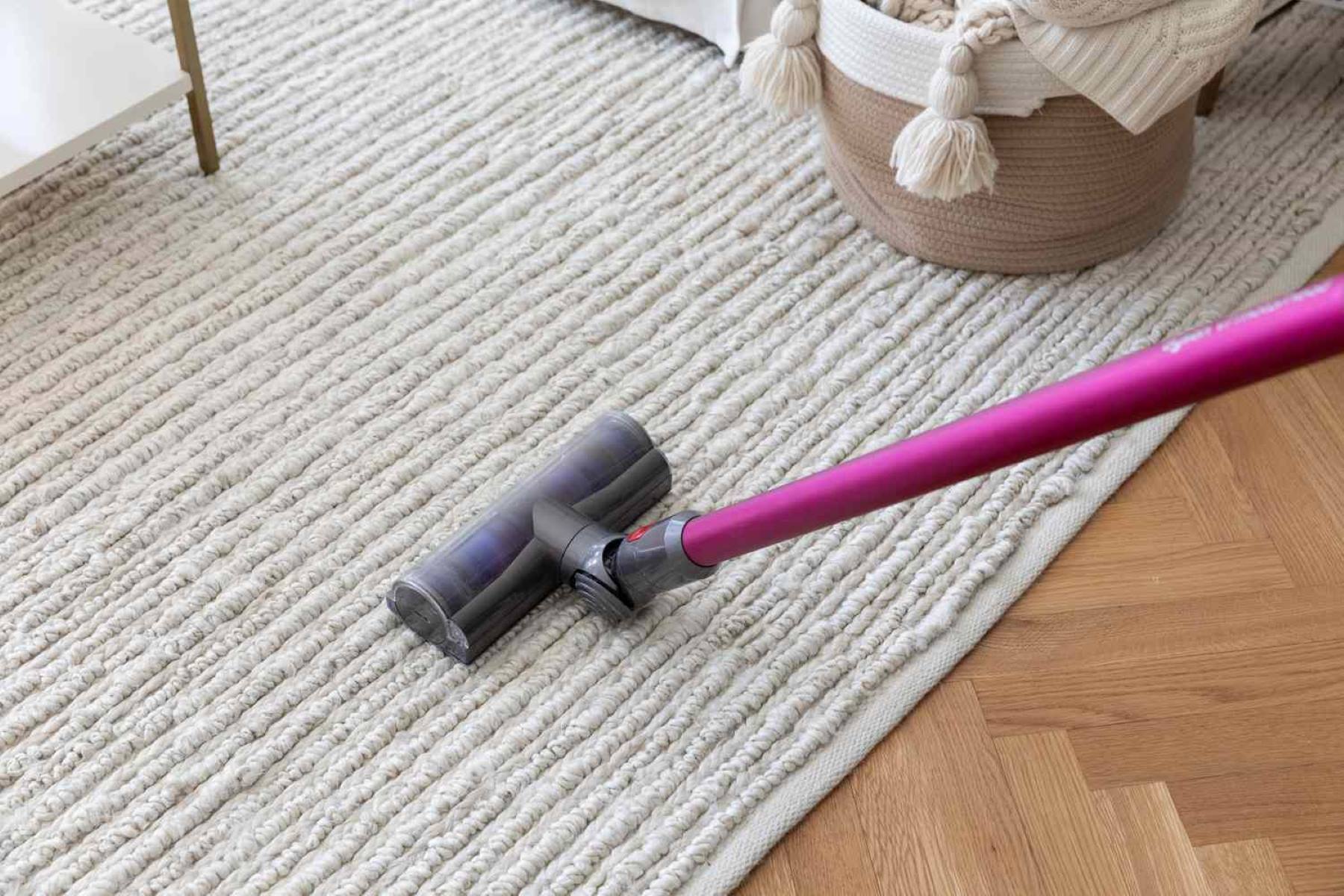
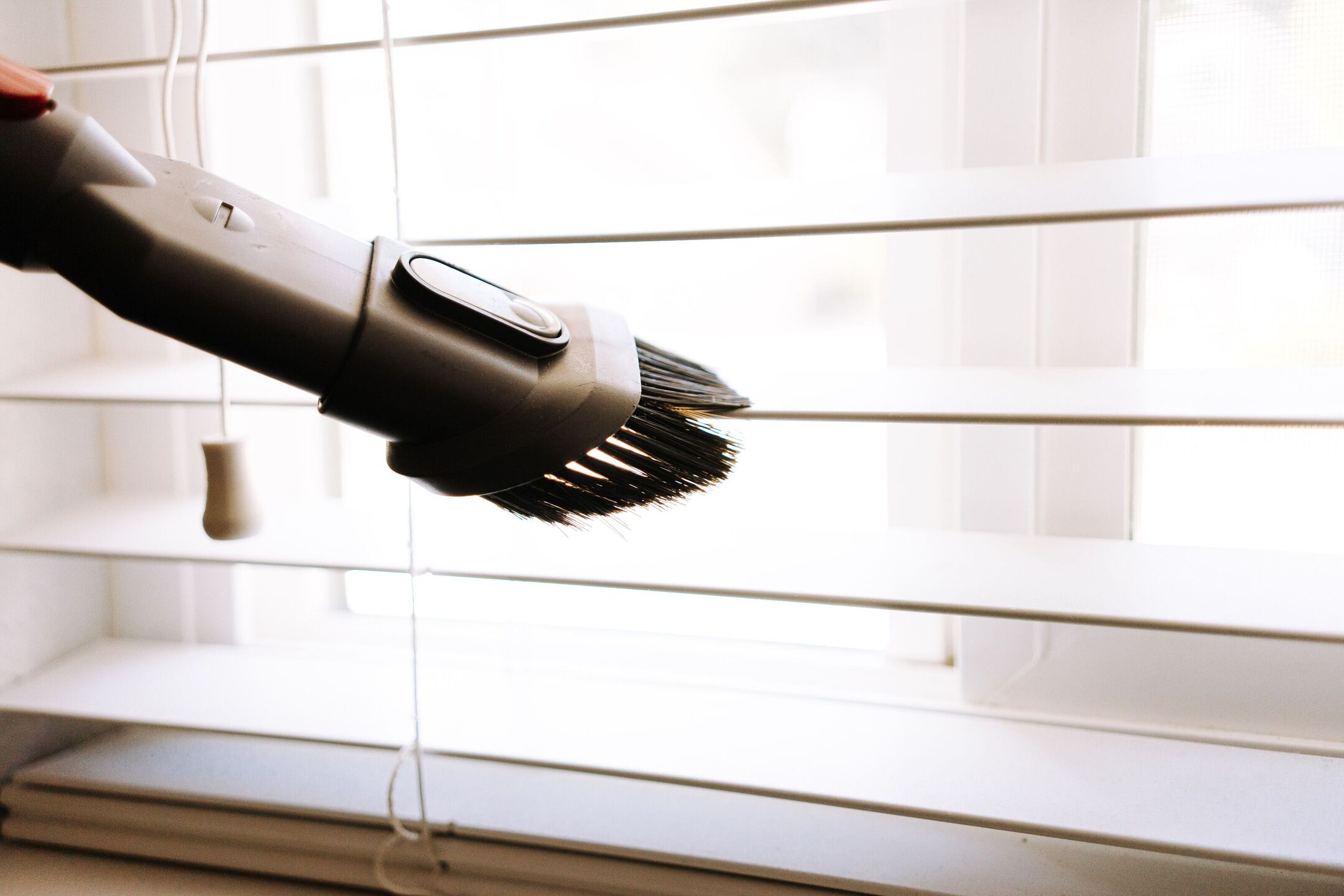
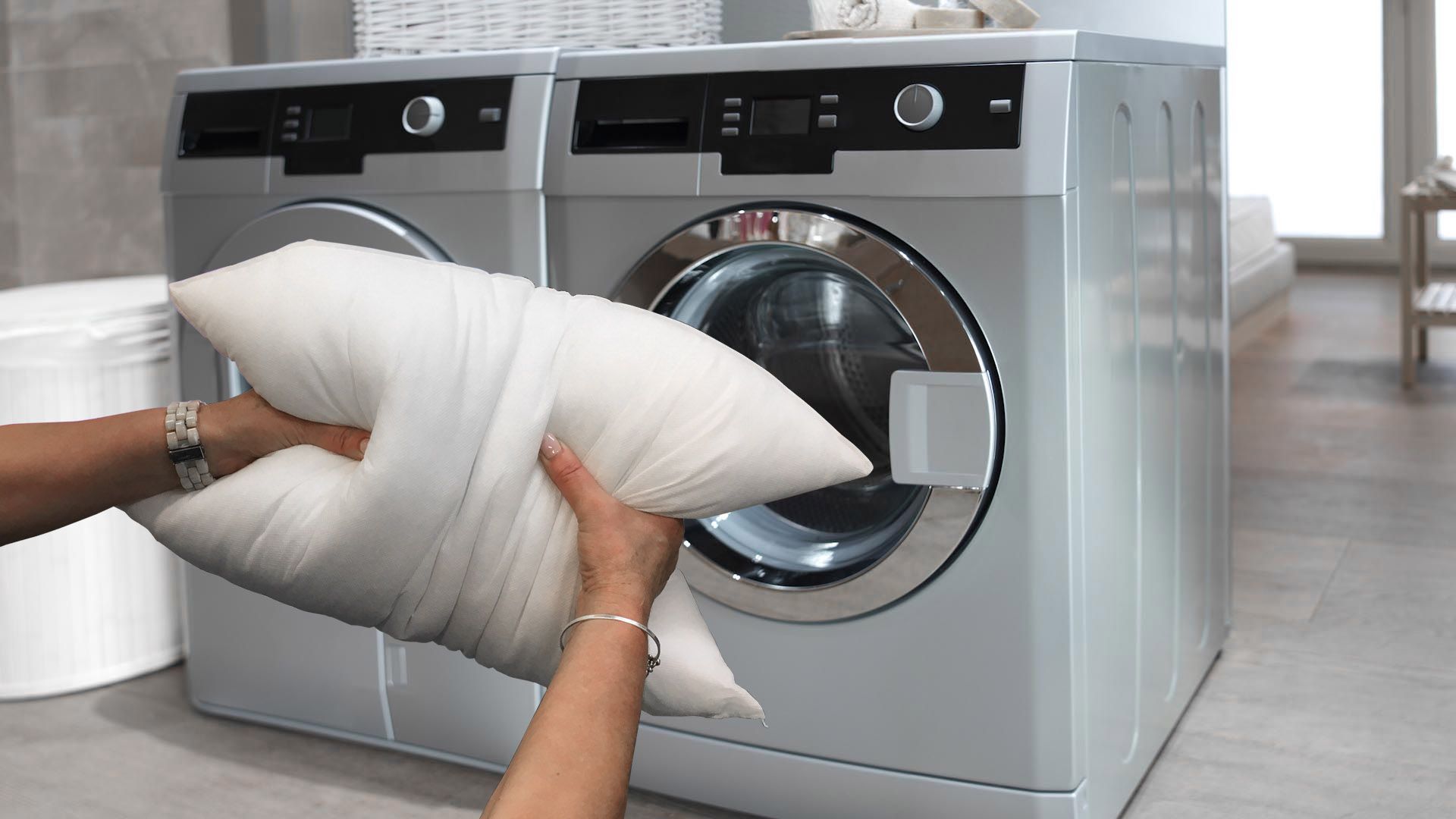
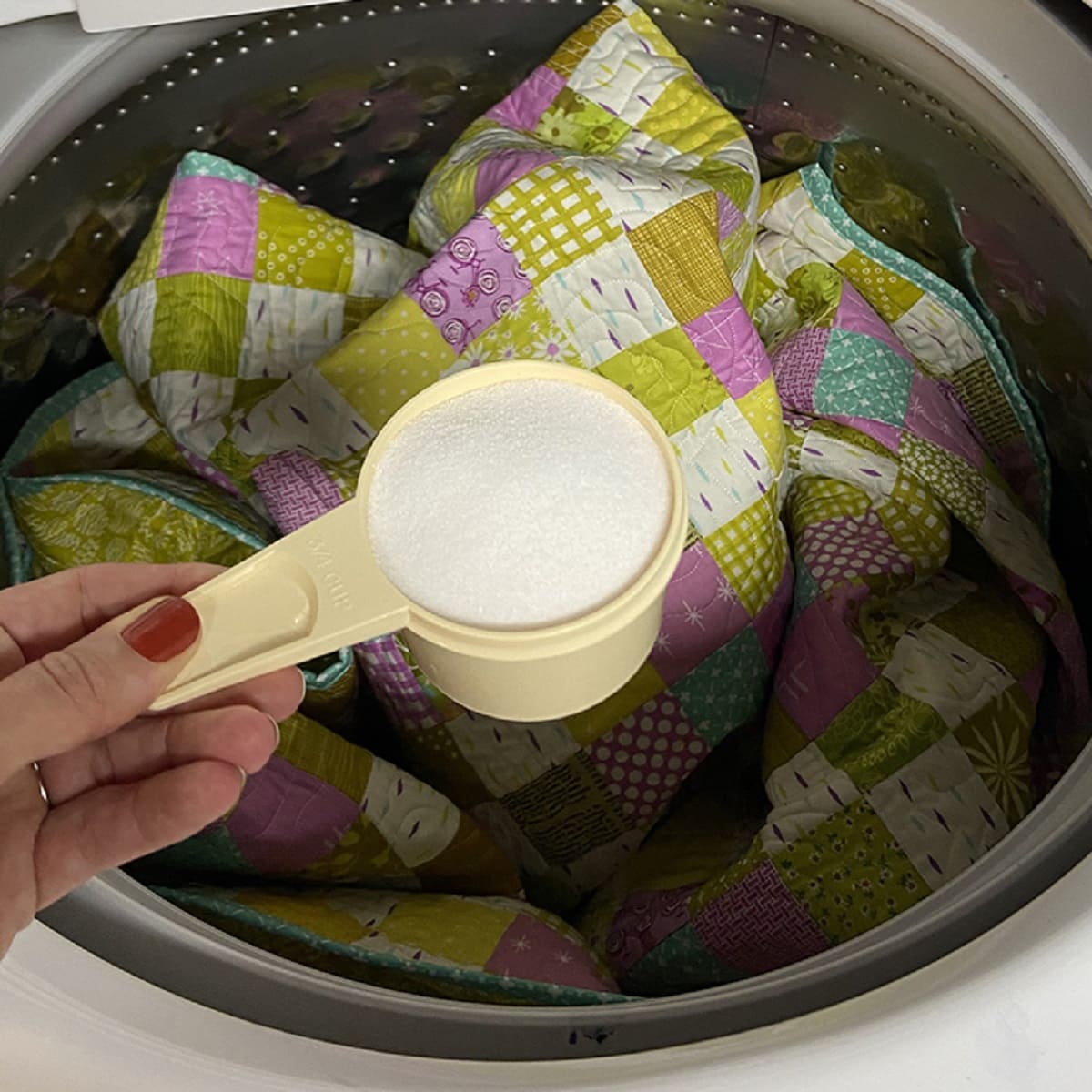


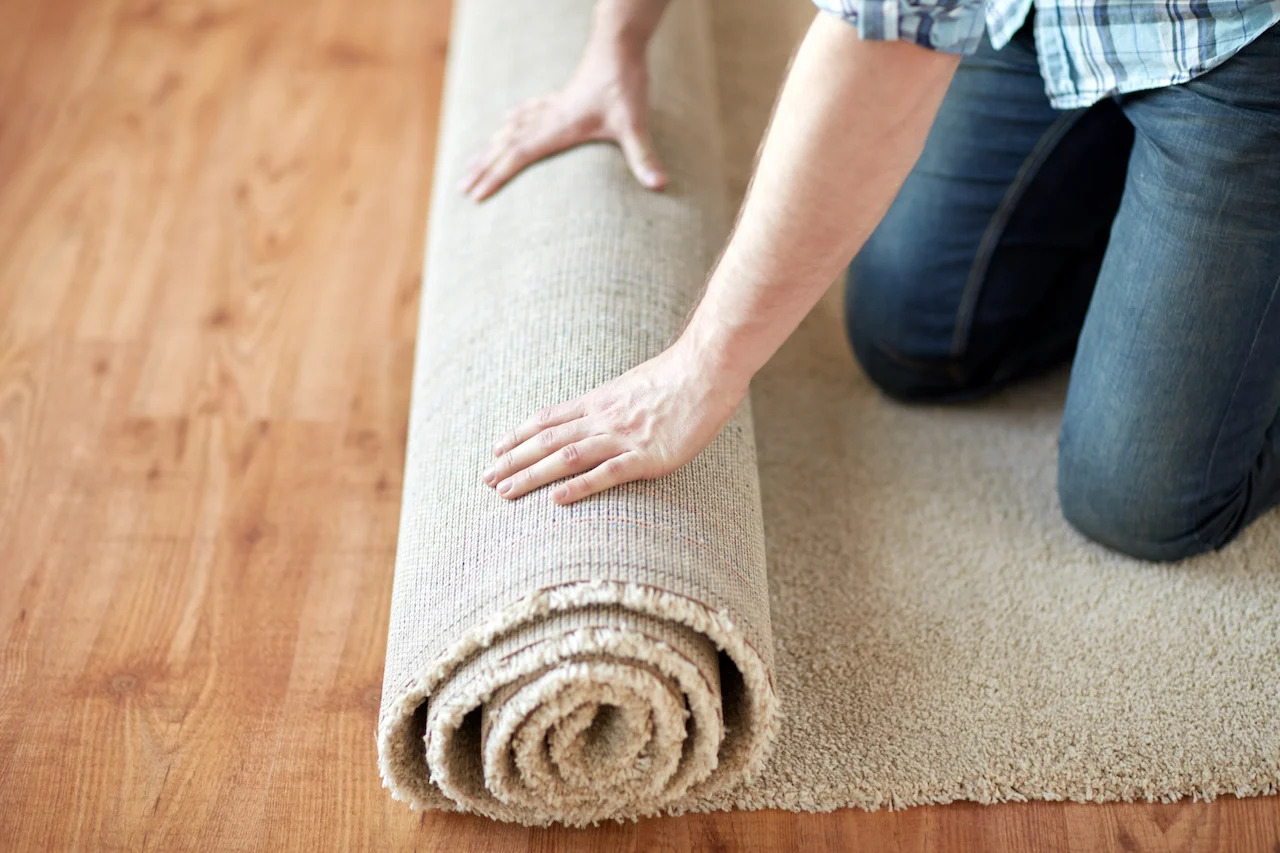



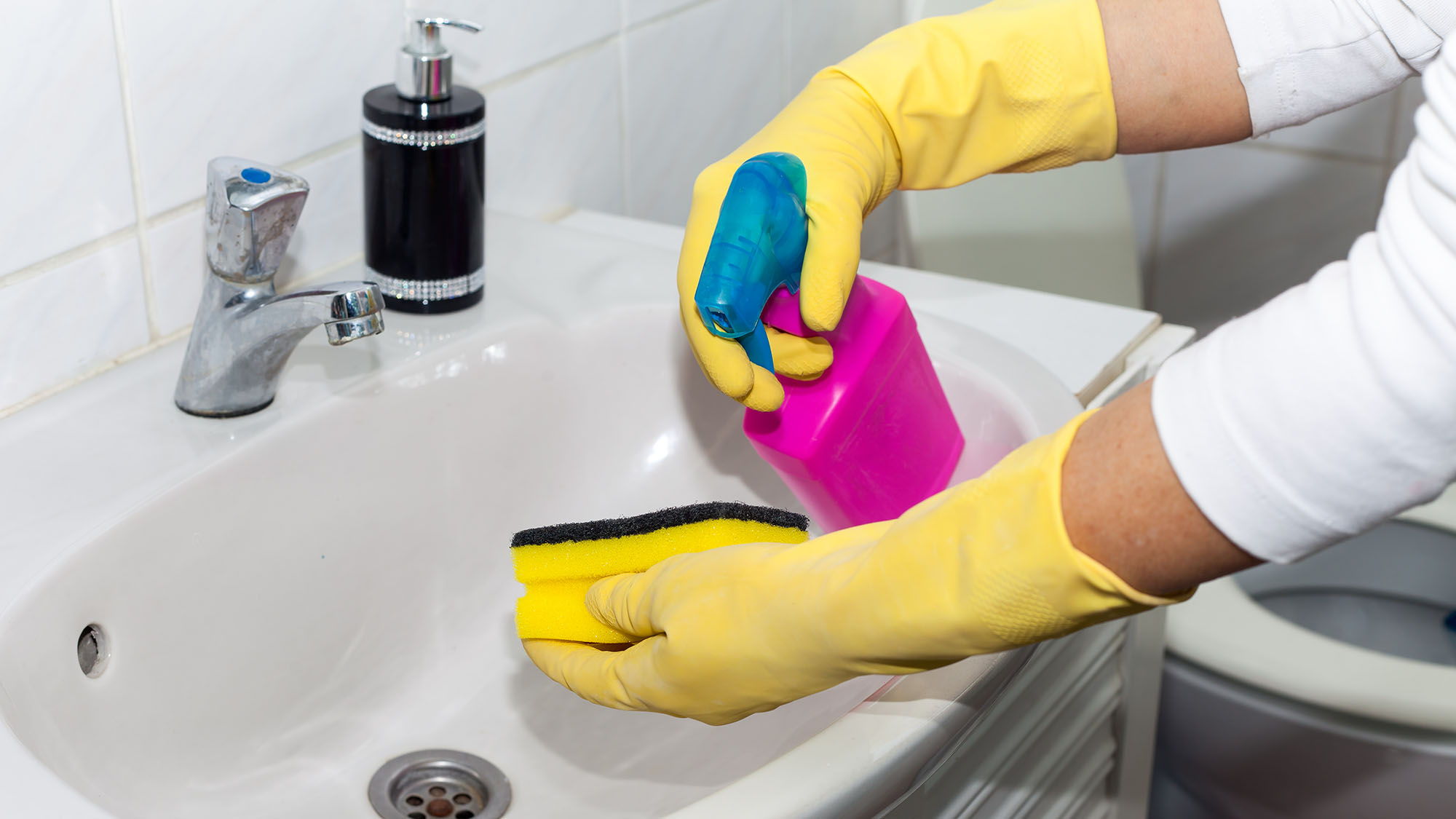


0 thoughts on “How Often Should You Wash Your Duvet Insert”